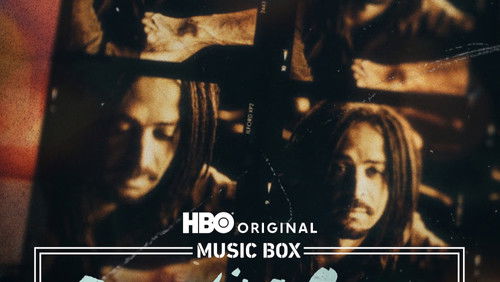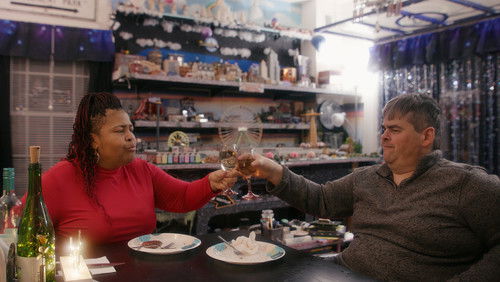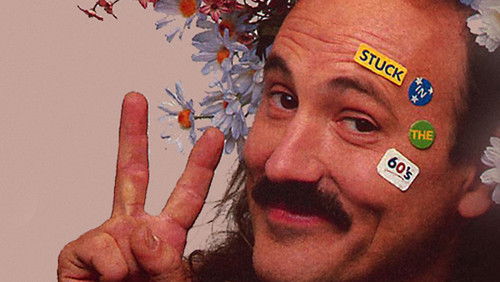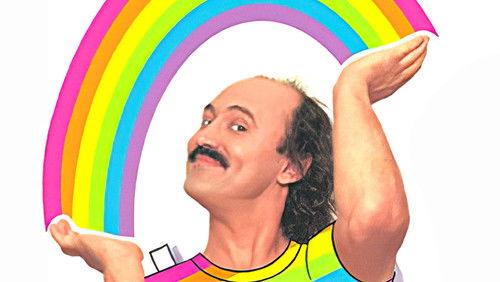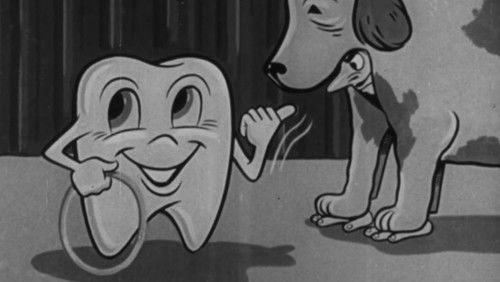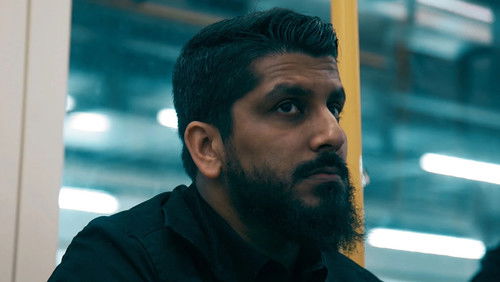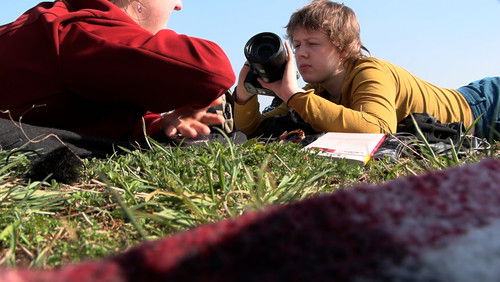Fall of Japan: In Color (TV Movie 2015)
10KFall of Japan: In Color (TV Movie 2015). Fall of Japan: In Color: With Corey Johnson, Joe E. Brown, William F. Halsey, Hirohito. William Courtenay's color film of the Pacific campaign and Japan's downfall
“10/10: This compendium of Pacific War combat film by war correspondent Bill Courtenay is widely considered as top five of WWII combat photography and and perhaps the best from the Pacific Theater. Courtenay was a witness to unfiltered history and documented it with expertise, personal bravery and difficult to use color film as well.u003cbr/u003eu003cbr/u003eWe tend to get a skewed view of US experience in Pacific, seeing it in most basic history or in documentary as Pearl Harbor – Midway – Marine landings – Marianas Turkey Shoot – Atom Bomb.u003cbr/u003eu003cbr/u003eWe also tend to think of D-Day as the most horrifical event for US fighting men, when there were much more murderous landings and fighting on islands in the Pacific that 99% of Americans cannot name. We also think of beaches and jungles, when in fact extremely difficult urban combat, fought by, of all things, US Airborne troops, also occurred, (eg Battle of Manila).u003cbr/u003eu003cbr/u003eMost Americans would not know that if you were an American Army soldier or Marine exposed to combat in the Pacific your risk of dying was was 1.8/100, and your risk of being injured was 5.5/100, while in the European Theater it was of dying 0.36/100 and 1.7/100. I.e. It was near five TIMES more dangerous for US Army solders and Marines to deployed to the Pacific than to be deployed to European Theater.u003cbr/u003eu003cbr/u003eNor know, if you were an allied soldier who surrendered to the Japanese, your risk of dying as a POW was about 20 times what it was in the European theater. It was in fact much safer to be a POW Soviet solder in Nazi hands than an American soldier, sailor or airman POW in Japanese hands.u003cbr/u003eu003cbr/u003eAnd even if you watch Spielbergu0026#39;s/Hanks u0026quot;Pacificu0026quot; you will think the US Marinesu0026#39; did all the fighting in the Pacific, when in fact more than twice as many US Army and US army airborne in the Pacific fought and were casualties compared to USMCu003cbr/u003eu003cbr/u003eRarely do we get color photography, or coverage of the US Army fighting, when the US Army, not the Navy or Marines, saw the most casualties.u003cbr/u003eu003cbr/u003eCourtenay also has been buried in the history as he also covered Gen. Douglas MacArthur, who was the tremendously successful Allied Commander in the Pacific. Despite being likely the most brilliant commander in WWII, and going on to pacify and democratize occupied Japan, and reversing massive looses in Korea and accomplishing stunning military successes there — because he also publicly disagreed with Harry Truman during the Korean war, MacArthur, was to use modern parlance — u0026quot;cancelled.u0026quot; So the fact that soldiers and Marines in the Pacific loved MacArthur, and it comes though on Courtenayu0026#39;s work, his full work was never featured until recently.u003cbr/u003eu003cbr/u003eThere are also great tidbits in this. For example when the atom bomb forced the Japanese to finally surrender, McArthur had the very tallest 11AB come with him to the initial negotiations meeting in the Philippines. And the 11th was also first into Japan, when if the bombs were not dropped they would have had to fight their way in, with millions upon millions of more casualties.u003cbr/u003eu003cbr/u003eOverall this is just brilliant work. Early color photography in combat conditions was extremely difficult.”
